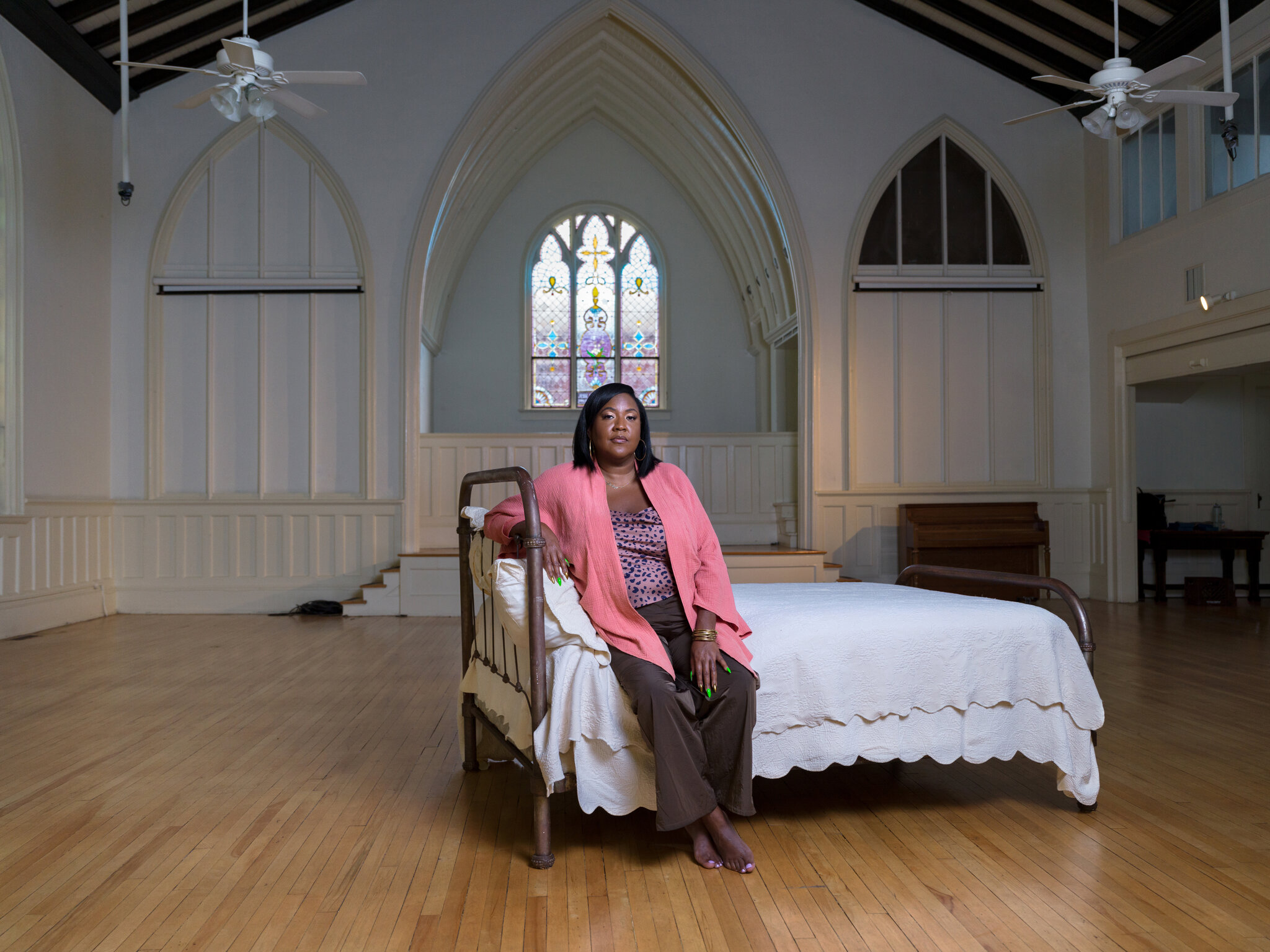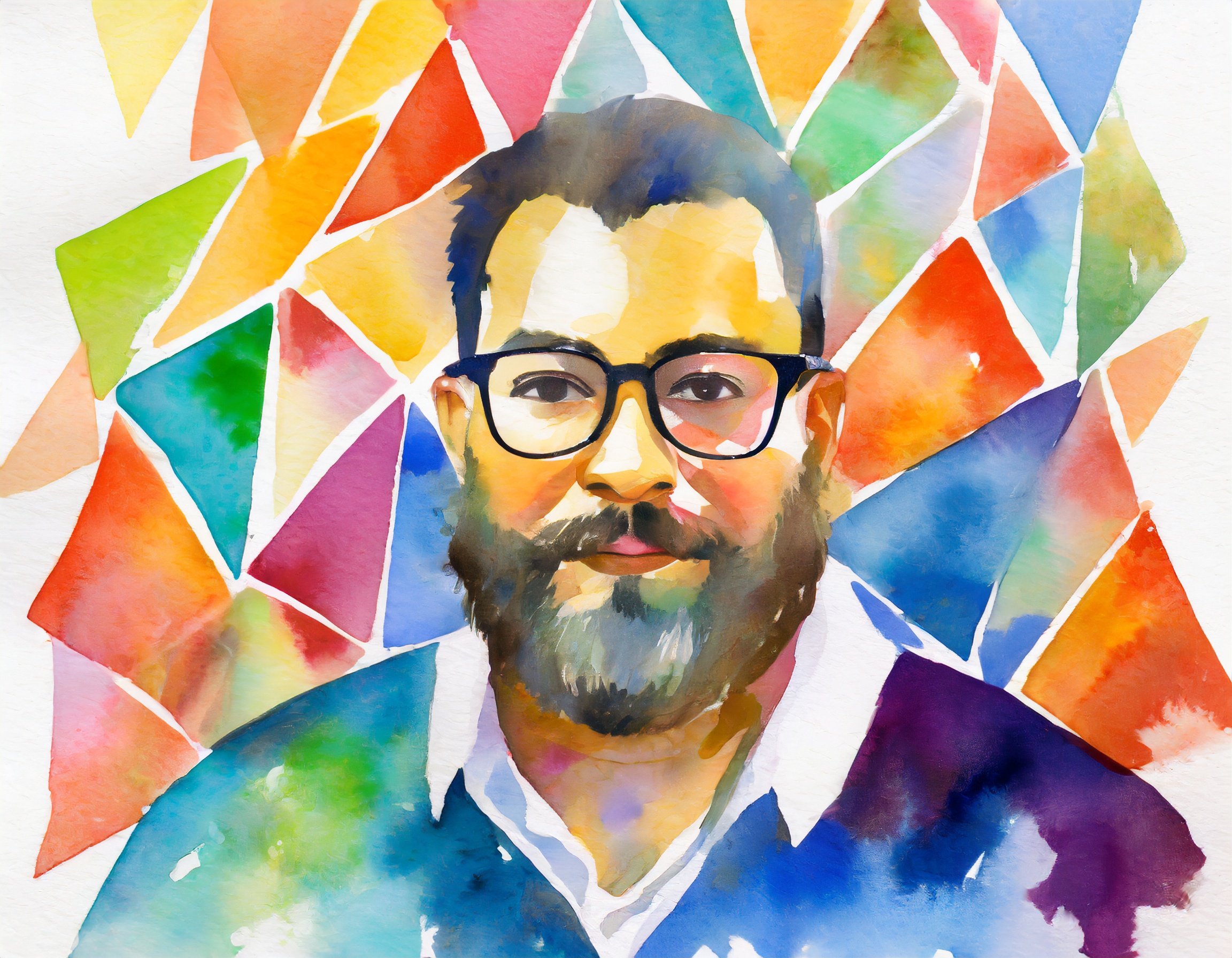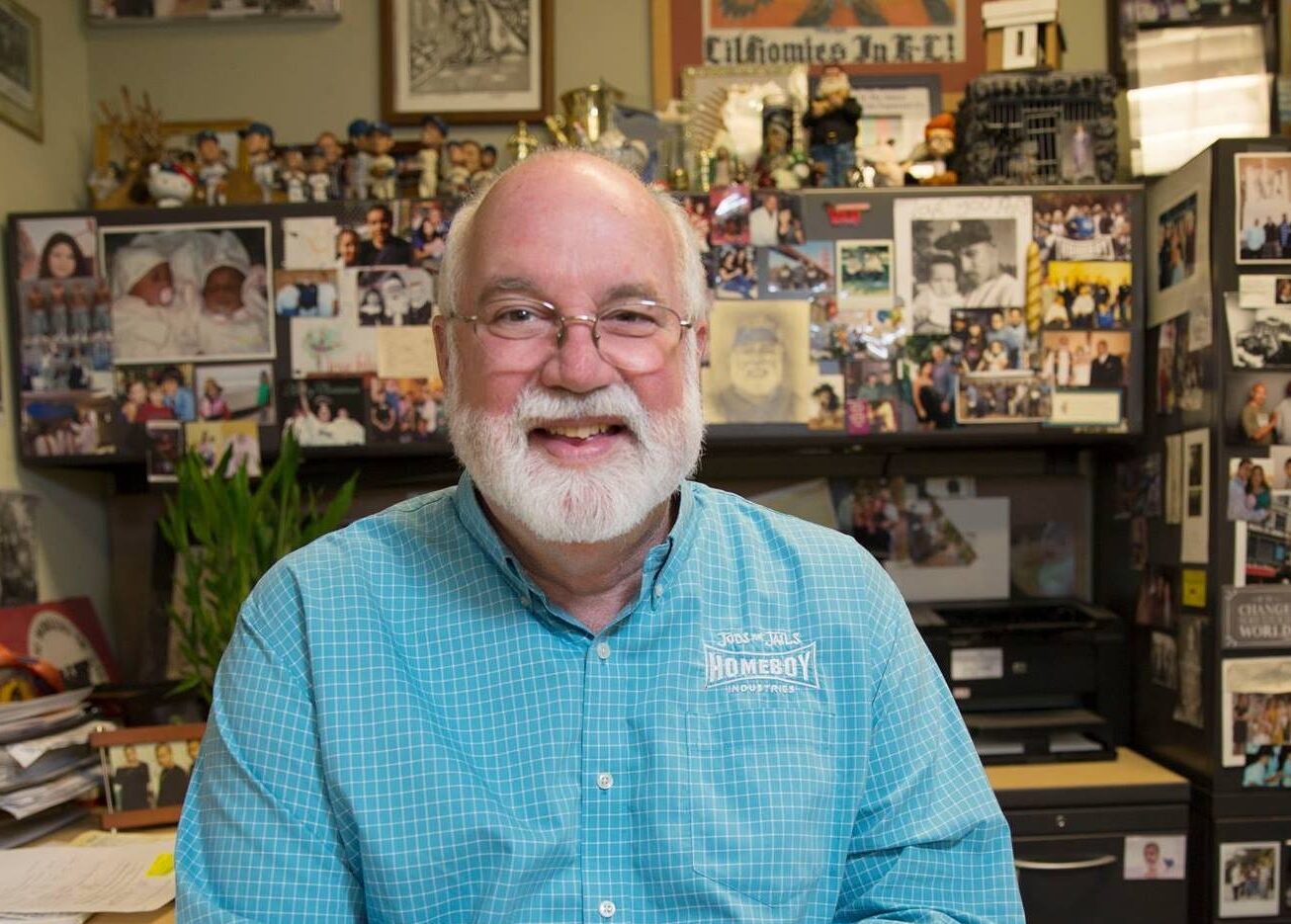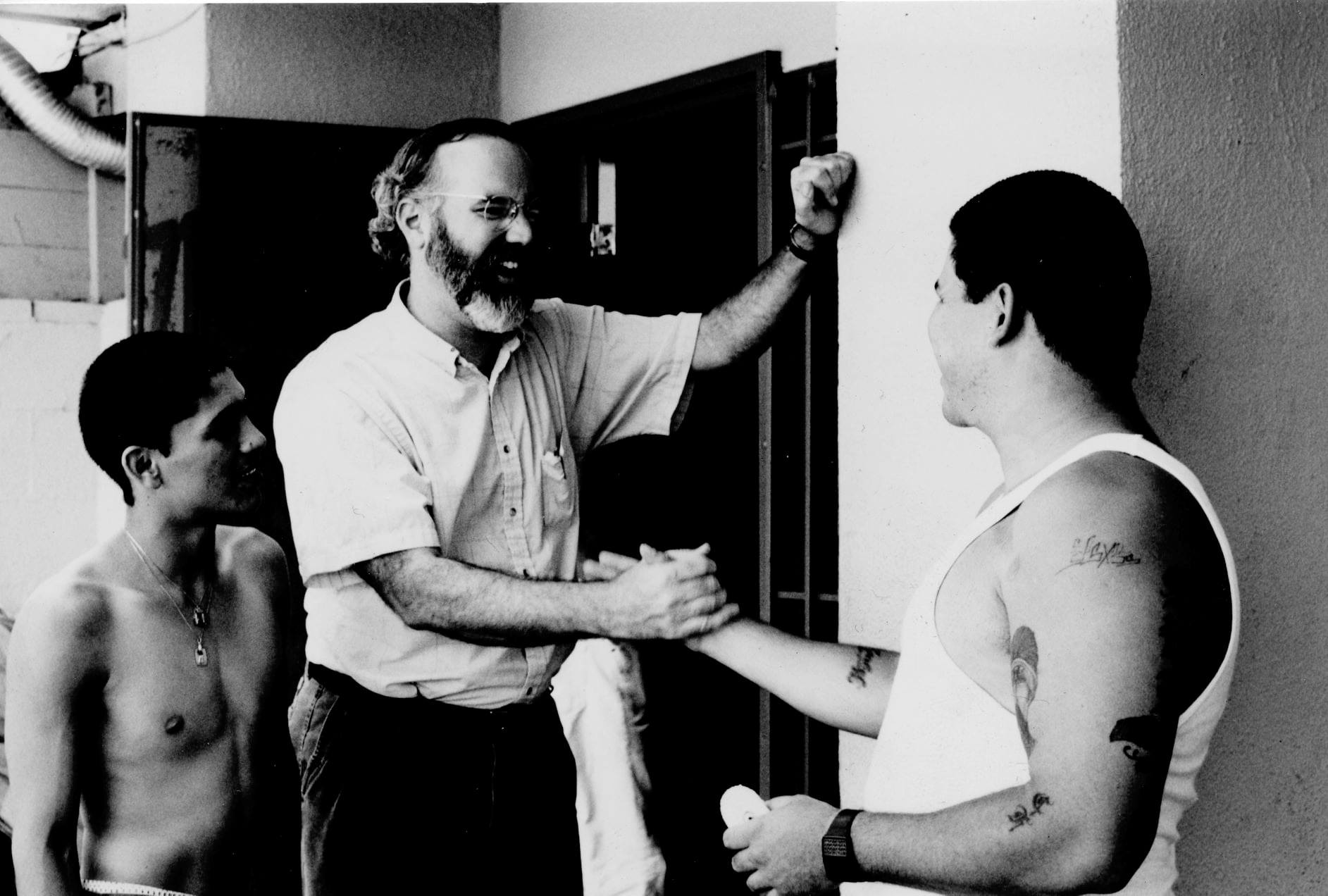Reflecting on Rest, Heritage, and Black History: Our Ancestral Tapestry
Reflecting on Rest, Heritage, and Black History: Our Ancestral Tapestry

Tricia Hersey, aka The Nap Bishop (credit: Johnathon Kelso for the New York Times)
Introduction
Think about the joy, the struggles, along with the triumphs — that allowed you to exist in this moment. You may not know the names of all who lived full lives, made choices, decisions, and sacrifices allowing you to be fully present in this moment today. However, I deeply believe that it’s important to reflect more frequently on this gift.
Tricia Hersey an artist, poet, theologian, community organizer and curator says in her book “Rest is Resistance,”
“I don’t believe I would have arrived on this journey of dreaming if I was not a lover of poetry and a poet. I sometimes wonder if I would have been able to hold space for the possibility of shifting culture via naps. Maybe I could have made it to this point without the collaboration of art but it would have been a harder climb. For me, poetry, like rest, comes from the silent place of our listening. Poetry, like rest, opens up corners of the unknown while guiding effortlessly. Poetry makes sense of meaning and allows us to put things back together that have been torn apart. Poetry, like rest, can be scary to engage with because of the mystery it allows for, but this is exactly why we must face our fear, and dreams and let rest guide our healing and curiosity.”
Rest is real-life conversations.
I don’t know any other way
To go.
Rest is the road map.
The guiding force–a truth teller.
Rest is a meeting with self.
With a typed agenda.
Rest is on your knees whispering words silently,
On the right side of the bed.
Rest is lunchtime dreaming.
The energy of the Rastafarian who showed me how to
Pray standing up,
With my eyes open
Hands stretched wide.
“Because how will you see and know when prayers are
Answered?”
Rest is holy oil
From my mama’s wooden dresser.
Pompeian Olive Oil, the fancy kind in glass.
Blessed by the Elders.
Poured over our heads as we rebuke the devil.
Rest is the laying on of hands.
A force field all around you.
Rest is a dream made real.
A portal.
An honest place.
A trusting place.
A sacred refuge.
A dissertation-length longing.
Rest works.
Rest dreams.
Infinite power moving.
Care surrounding us.
Rest is a gift and an antenna.
An ancient call dangling on the tips of tongues,
From a head lightly connected on a silk pillow.
Rest is holding us close.
Rest is home.
Rest: Nurturing Our Souls
It’s very cliche but we live in a fast paced society that doesn’t often allow us to reflect, to rest. The concept of rest has become a radical act. In the midst of our busy, busy lives, how often do we truly prioritize rest?
Rest is not merely the absence of activity; it is a deliberate choice to pause, to replenish our spirits, and to reconnect with the deeper rhythms of life.
At AYA, we affirm the inherent worth and dignity of every young person, and this includes recognizing the importance of caring for mind, body, and spirit.
Tricia Hersey, Is the founder of “The Nap Ministry” an organization that examines the liberating power of naps. “Our “REST IS RESISTANCE” framework and practice engages with the power of performance art, site-specific installations, and community organizing to install sacred and safe spaces for communities to rest together. ” One of my favorite quotes by them is
“We are divine and our rest is divine. There is synergy, interconnectedness, and deep communal healing within our rest movement. I believe rest, sleep, naps, daydreaming, and slowing down can help us all wake up to see the truth of ourselves. Rest is a healing portal to our deepest selves. Consider, if you will, the wisdom of the natural world. In the changing seasons, we see the cyclical rhythm of rest and renewal mirrored in the cycles of growth and dormancy. Just as the earth rests during the winter months, gathering its strength for the coming spring, so too must we honor the need for rest in our own lives.” (Rest is Resistance)
“At AYA we seek to affirm the inherent worth and dignity of every person, and we recognize that the struggle for justice is far from over. Fannie Lou Hamer, a civil rights activist said it best, ‘Nobody’s free until everybody’s free.’”
Heritage: Embracing Our Roots
As we journey through life, we carry with us the stories of those who came before us—their triumphs, their struggles, their dreams. I believe that our ancestral heritage holds the tapestry of our collective past, woven from the threads of countless generations who have shaped the course of history with their courage and resilience.
In celebrating our ancestors, we honor the diversity of cultural traditions that enrich our shared humanity. Whether we trace our roots to distant lands or have deep roots in this soil, each of us carries within us the legacy of our ancestors.
Yet, our heritage is not without its complexities. For alongside the stories of triumph and perseverance, there are also stories of pain and injustice—stories that remind us of the unfinished work of justice and reconciliation in our world.
This year marks the 3rd anniversary of my fathers death. His name was Alvin Kenneth Avila born in the most southern part of Belize. He was an entrepreneur, farmer, a teacher, in his youth he was rastafarian. Soon after his passing I was encouraged to ritualize this time of year. I am of Garifuna descent remembering my ancestors is a part of my spiritual heritage. Every February I plan a little practice to remember him. This year that practice was spending time with my sister, going to Chicago, and eating a lot of good Garinagu food.
Black History: Honoring Our Collective Narrative
We have an opportunity to hear the voices and stories of Black individuals here in our community and across the country whose contributions to our world have often been overlooked, minimized or co-opted.
From the struggles of the civil rights movement to the achievements of Black artists, scientists, and leaders, the history of Black America is a testament to the resilience and creativity of a people who have faced in the past and still today much oppression.
Yet, Black history is not just a chapter in the larger narrative of American history—it is a story of struggle and triumph that is woven into the fabric of our nation’s identity. It is a story that challenges us to confront the legacy of slavery and segregation, and to work towards a more just and equitable future for all of us.
At AYA we seek to affirm the inherent worth and dignity of every person, and we recognize that the struggle for justice is far from over. Fannie Lou Hamer, a civil rights activist said it best, “Nobody’s free until everybody’s free.”
Restoring Our Ancestral Wisdom: Building Connection and Understanding
Let us commit ourselves to the work of building bridges of understanding and empathy within our community and beyond. Let us engage in the difficult conversations about race, privilege, and power, knowing that true healing and reconciliation can only come through facing our histories, acknowledging the past, learning from it, allowing our history to inform and guide actions that will allow true liberation. It is a traditional Lakota belief that our healing reaches both forward and backward for seven generations. The “7th generation” principle says that in every decision, be it personal, governmental or corporate, we must consider how it will affect our descendents seven generations into the future.
Let us hold fast to the vision of a world where all young people have the ability to be whole, well, rested. Cole Author Riley says; rest is not a reward in exchange for your exhaustion. You are worthy of rest now. You don’t have to wait until it hurts. Slow down to reclaim yourself today.”
Book Recomendations








Recent Comments